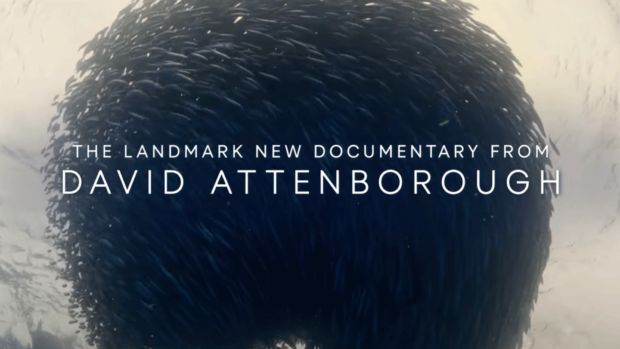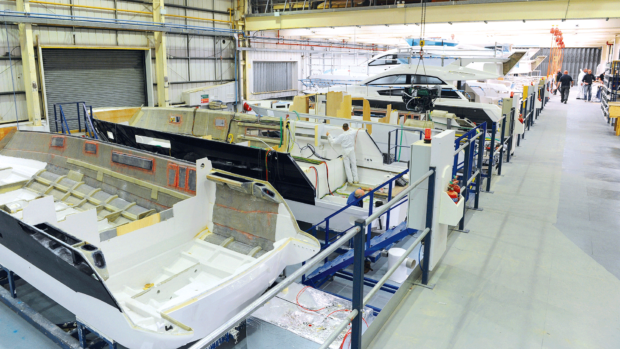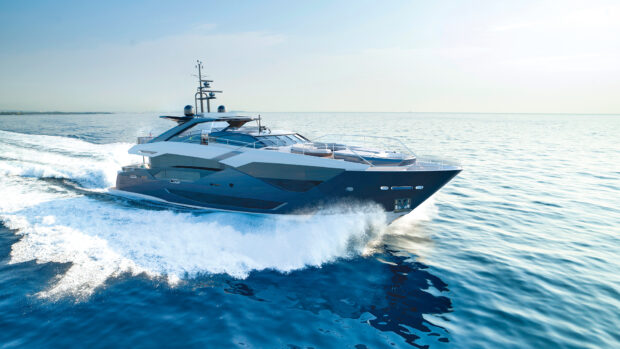French maritime investigators blame weather and lack of concentration for crash and death of fisherman
Officers on the bridge of the Condor fast ferry that collided with a French fishing boat earlier this year near Les Minquiers reef south of Jersey were not concentrating on their duties and failed to spot the boat on their radar, the report into the accident has found.
The collision on March 28 this year between the 280ft Condor Vitesse and 30ft fishing boat Les Marquises left one man, Philippe Lasaulnier, 42, dead, and his two deck hands injured and clinging to the wreckage of the fishing boat.
Such was the force of the collision – the Condor Vitesse was doing 36.9 knots – that the fishing boat was sliced in two. The deck hands were not wearing any flotation devices, and were lucky that part of the wreckage stayed afloat. They were rescued after 25 minutes in the water by the ferry.
Visibility was poor at the time of the collision, with thick fog obscuring the Condor Vitesse‘s view. Just four minutes before the two boats collided, the Master of the ferry said they hit a “fog wall”.
Despite this, the ferry did not slow down, and nor did it switch on its fog horn. Evidence given to the French maritime investigation branch, BEAmer, said officers considered the ferry’s engines to be a better warning than the horn and that the horn disturbed the officers on watch.
In the report, BEAmer said not switching on the horn “did not comply with the colregs nor with the procedures of the company”. The weather conditions, BEAmer said, were the “first causal factor” of the accident.
But it’s the “second causal factor” that will sit most uncomfortably for Condor Ferries – the lack of concentration by officers. In a transcript of the bridge conversation, it’s clear that the weather was not of immediate concern.
Only seconds before the collision were the conditions mentioned, when the Master remarks on the thickness of the fog. Twenty seconds later, at 8.42am, the two boats collided.
The atmosphere on the bridge “was not in accordance… with a ferry crossing at high speeds with almost no visibility”, BEAmer reported. The conversations ongoing at the time “harmed the concentration of the watch”.
This was why, BEAmer found, no one noticed the clear blip on the radar screen indicating the French fishing boat.
One radar, set to six miles, showed the fishing boat for 11 minutes before the collision, and the Master’s radar, set at 0.75 miles, clearly showed the boat for 47 seconds before it got lost in clutter and the collision took place.
The radar return on the Master’s screen “could not be confused with a port buoy,” BEAmer said, and 47 seconds “should have been long enough for the Master to detect it”.
BEAmer also said the ferry was travelling at an inappropriate speed considering the conditions, and that this was an “underlying” cause of the collision an “aggravating factor” for the consequences of the impact.
“An appropriate speed would have given officers a longer detection notice and reduced [the] force of impact,” the report said.
The behaviour of the French fishermen was also found to be an “underlying cause” of the accident. The report suggests the skipper, Lesaulnier, was watching his crew work on the aft deck, and not the radar screen as the Condor Vitesse approached.
At the speed the Condor Vitesse was approaching, the report said a two or three-minute break in monitoring the radar is all it would have taken to miss the radar blip of the ferry.
Chillingly, BEAmer also reports what was happening in the final moments on board the fishing boat. Out of the fog, one of the deck hands “suddenly heard an engine noise very close” and alerted his colleague, who shouted at Lesaulnier: “Full astern, full astern!”
BEAmer said the same deckhand wanted to race for the bridge but recoiled when he saw the ferry appear very fast out of the fog on a collision course, with the word ‘Condor’ clearly visible on the hull.
Condor Ferries have said a number of steps would be taken as a result of the accident, including the random listening of bridge recordings and the setting up of a three-day training course focussing on the event and bridge procedures.
It’s not clear whether any legal action will result from the findings.










